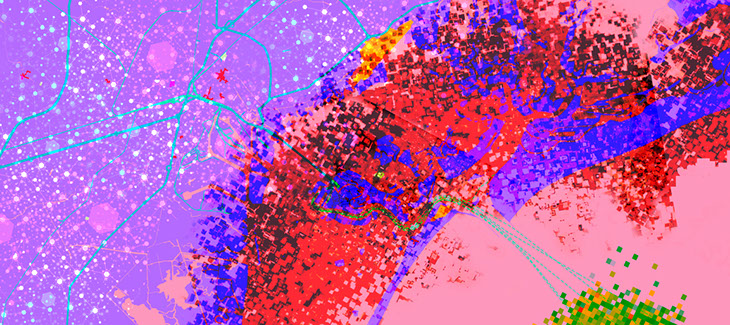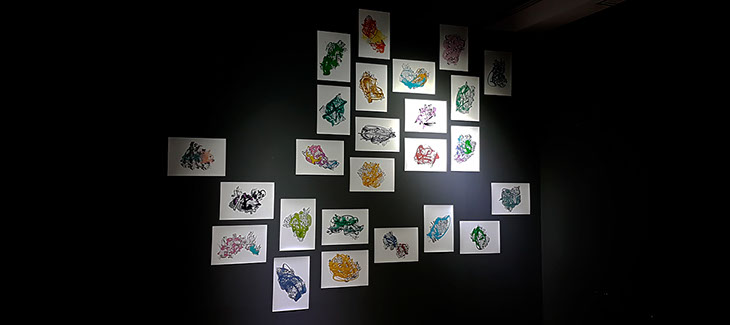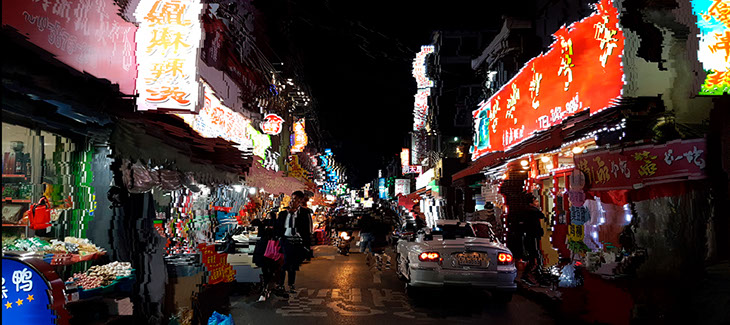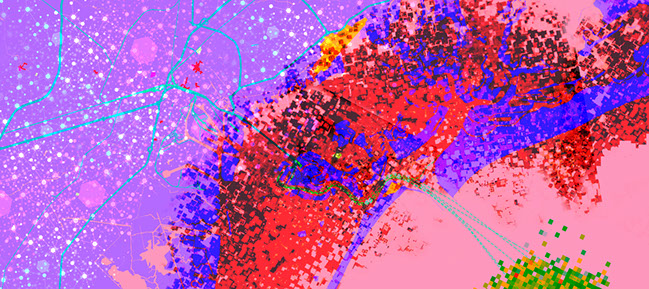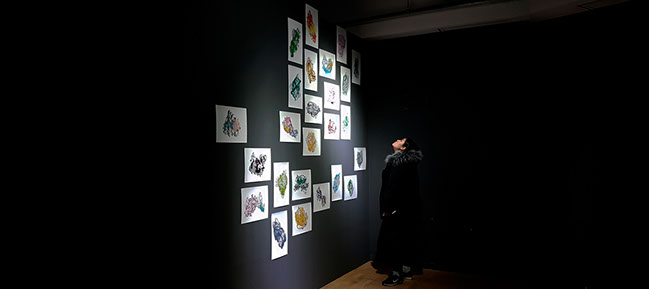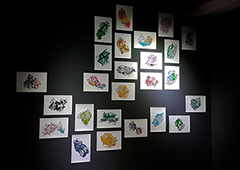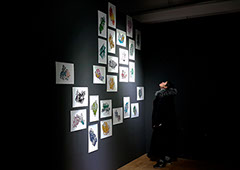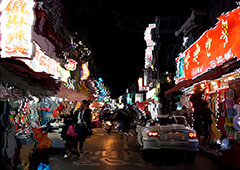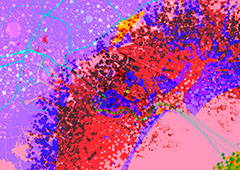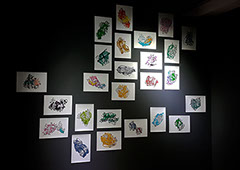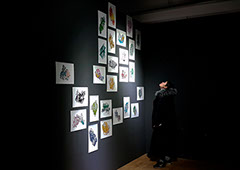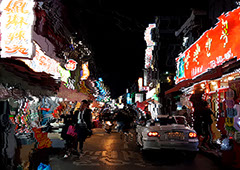PERCEPTIVE MAPS
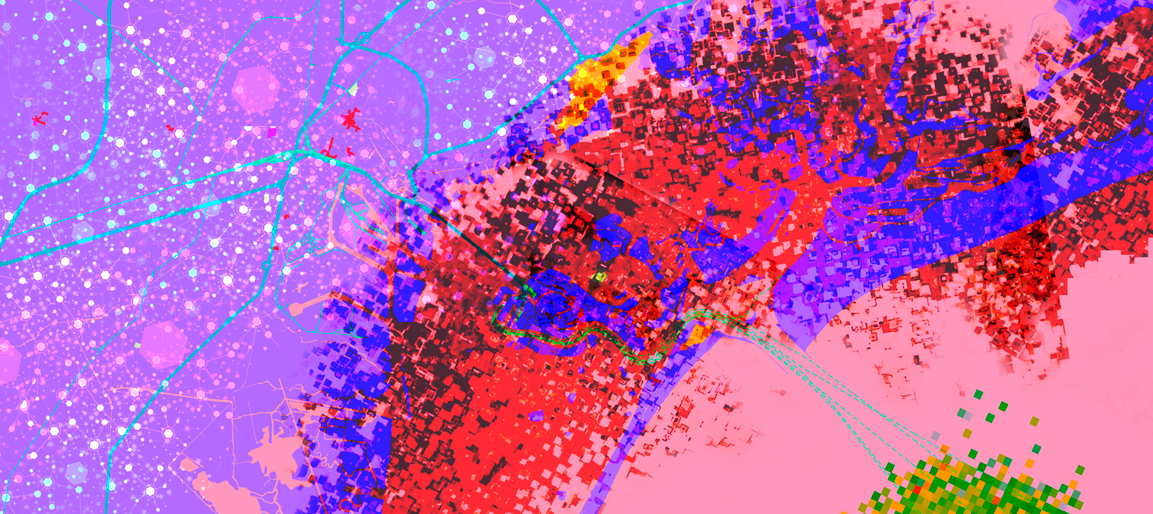
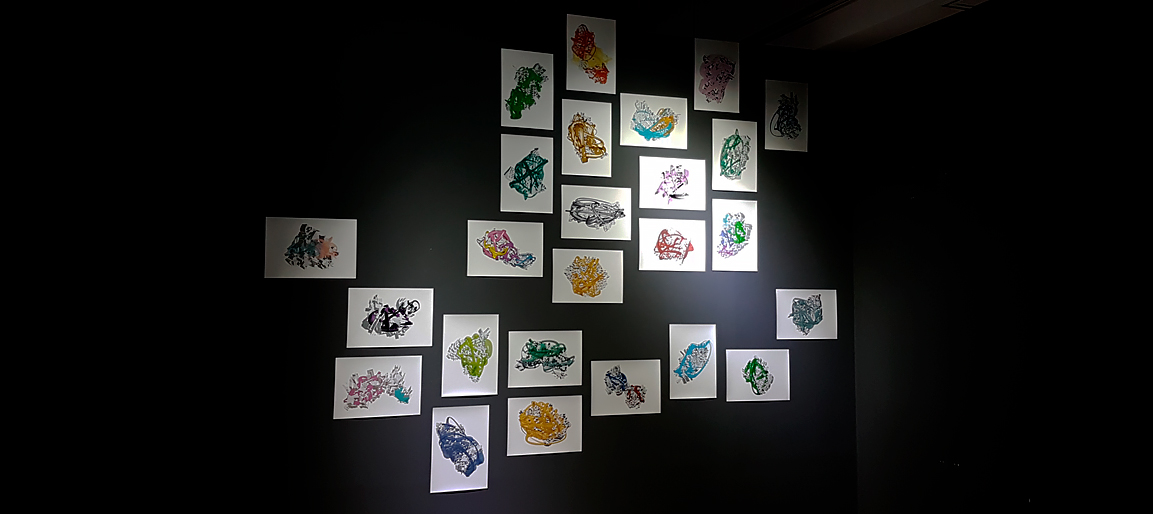
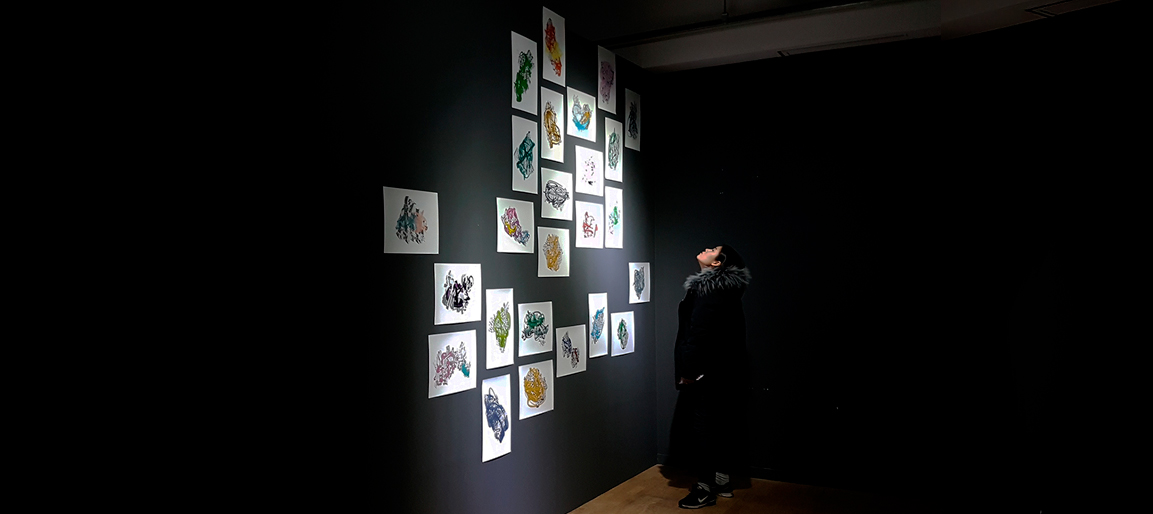
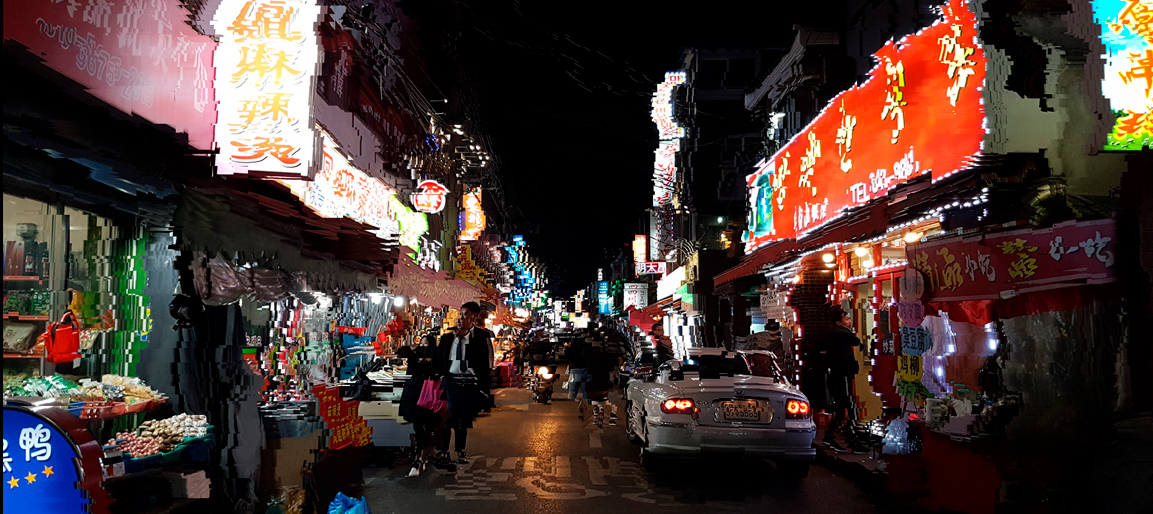
Because of the current ubiquity of information, we live a mixed reality in which the transit through the public space is permeated by layers of data that determine to a great extent our perception of the real world.
This project proposes an appropriation of the tools that provide these data from two concerns: on the one hand, the living experience offered by a place is usually much richer than existing information about it on Internet. Navigating on a virtual map changes the way we see certain locations by abstracting them and distancing us from a real dwelling in that place. From this fact, the development of Perceptive Maps intends to translate abstract data usually added to maps into an audiovisual realtime result, creating new layers of a much more warm data (Not referring to the frequency with which big data is storaged or accessed, but using the term as a way to get intuitively closer to the information), a poetic and aesthetic interpretation that builds a new identity, more affective and intimate to relate with, of the inhabited space (the city).
During a residency program in Seoul Art Space Geumcheon, I made a first aproximation of this idea by walking the streets, taking pictures and video of the city as well as talking to people and analyzing data from the open API of the National Geographic Information Institute website (www.ngii.go.kr). A sound collaboration also happened with other of the resident artists: Riar Rizaldi, with whom I had extensive conversations about the impressions of living in Seoul or walking as a tourist and understanding not just the city, but a whole culture. By designing my own interpretation algorith, I reconstructed every gu (구) or district in 3D mixing avaliable data (on population, politics and economy) and my own insights. Then put them back together in their original order. A first presentation including this map as well as video and altered pictures joined Rizaldi's sound to make our own affective territorial interpretation.
Perceptive Maps aims to keep exploring ways in which people interact in space, the affective information that can be transmitted in that space and strategies to turn technological tools for empowering people.
Gangseo-gu
Dongjak-gu
Mapo-gu
CREDITS
Rial Rizaldi: sound.
This artwork was developed with the support of Seoul Foundation for Arts and Culture and Seoul Art Space Geumcheon.

